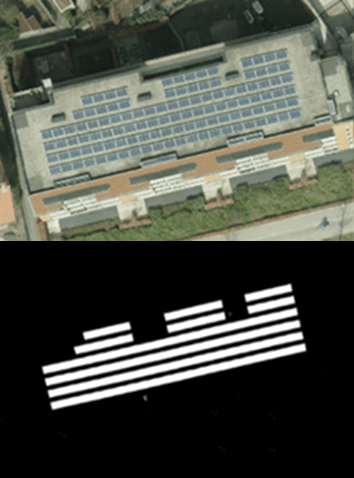Empresa
Latitudo40
We bring together data and AI algorithms from multiple sources and provide straightforward information to understand our planet from above. Our motto is “Earth Analytics made Simple“.


Acerca de
Founded in 2017 by 4 space industry experts and image analysis gurus, Latitudo 40 has combined the 20 years of experience of the “aged” founders to the multidisciplinary and young team which has grown to over 10 people. The team has now artificial intelligence, machine learning, image processing experts, UIX specialists and business development professionals. Our vision is to give easy access to satellite images for everyone. Every day we put our passion in creating new tools that allow people to monitor the earth, with the skills and knowledge you need to read an email or post your pictures on social networks. With all this information at your fingertips, you can make better and faster decisions to support your activities and have a positive impact on your daily process. From infrastructure monitoring, to precision agriculture and emergency response, we believe that understanding the pace of world changes will help to change it, in the right direction.
Agriculture; Climate; Floods; Infrastructure; Land Ecosystems; Land use












